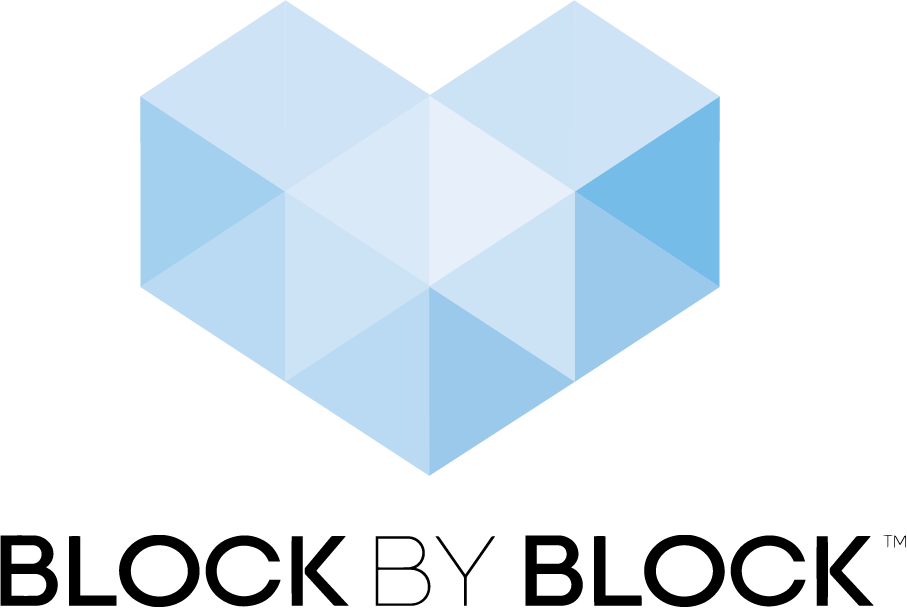Building Community Ownership in Mumbai
Building Community Ownership in Mumbai
Block by Block Workshops transform a dilapidated playground into a bright, well-used public space, empowering the community to improve their living conditions.
Building Community Ownership in Mumbai
Mumbai, India
Project types: Playground, Public garden
Collaborators: UN-Habitat, Mumbai Metropolitan Region Development Authority (MMRDA), Mumbai Environmental and Social Network (MESN)
Region: Asia and Pacific
Tags: public health, clean water, children and youth, empowering women and girls, public safety and security, sports and recreation, multigenerational use, social inclusion and human rights
Background
Mumbai (known as Bombay) is one of the most heavily populated areas in the world. The condition of public spaces throughout Mumbai is generally poor, suffering from lack of maintenance and low community engagement. One of the most neglected areas of the city is M Ward, an extremely dense, high-poverty area near the city dump that has limited solid waste facilities and almost no usable public space.
In 2013, a pilot project inside M Ward was selected: Lotus Garden, a playground and garden serving more than 200,000 residents. At the time, Lotus Garden was completely dilapidated and dangerous, with unchecked garbage, broken play equipment, stagnant water, and tall walls that posed a security risk.
Building Community Ownership, Block by Block
After key concerns and needs for the Lotus Garden space were identified by the community, eight meetings with up to 300 people each were held to create initial concept sketches. Mumbai Environmental and Social Network (MESN) then worked to establish a management group to provide waste collection, and The Mumbai Municipal Corporation promised to maintain the garden once completed. A garden committee, which included three local women, was established to make sure that the Municipal Corporation would continue to provide maintenance and security.
Progress
Construction began in February 2014, and Lotus Garden was opened to the public in June of that year. Electricity and water, which had been turned off for years, were reconnected, and the garden area was levelled and planted. Play equipment for children and fitness equipment for adults were added, and the public space got a fresh coat of paint and a new fence. The completed space was so popular with residents that they initially had to limit the number of people using it.
The overwhelming success of Lotus Garden prompted a second M Ward project: Gautam Nagar. Gautam Nagar is a resettlement colony, home to around 5,500 people who had been dislocated from other parts of the city. The area was extremely run down, and the rampant dumping and lack of functioning sewage facilities had created serious health conditions. There were no play areas for children, no gardens, and no trees.
“It can be a challenge to mobilize people in slums—especially the youth, who are resigned to their environment and don’t feel a sense of ownership. But with an interactive design tool like this—I call it digital Lego—they are so engaged, and that makes the process more democratic.”
A three-day Block by Block Workshop was organized in April 2016 to open a dialog with the community and help them feel ownership in the process. Minecraft was introduced as a tool to help residents express their ideas and collaborate with one another. The resulting plans included new areas to sit, sports facilities, plants, and playgrounds, all of which were constructed in 2016.
The project has improved the quality of life for residents, but, perhaps more importantly, it led to a sense of ownership and belonging for these displaced people, empowering them to continue to improve their living conditions. One especially positive outcome is that residents of neighborhood high-rise co-ops have formed a federation to ensure maintenance of the transformed site through proper waste disposal.
“The neighborhood residents were excited to be involved, and for them, a patch of green was really important—a small oasis in their otherwise drab and congested world.”






